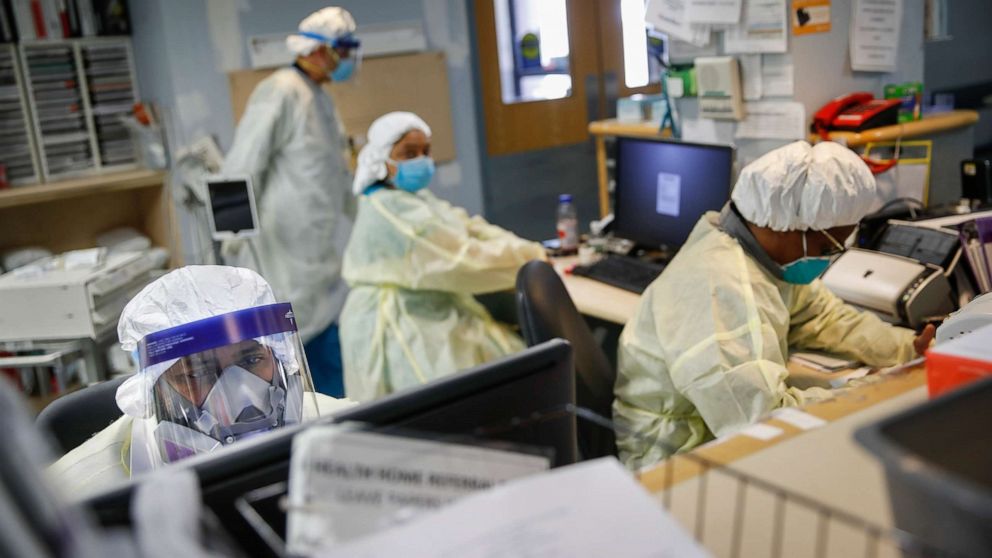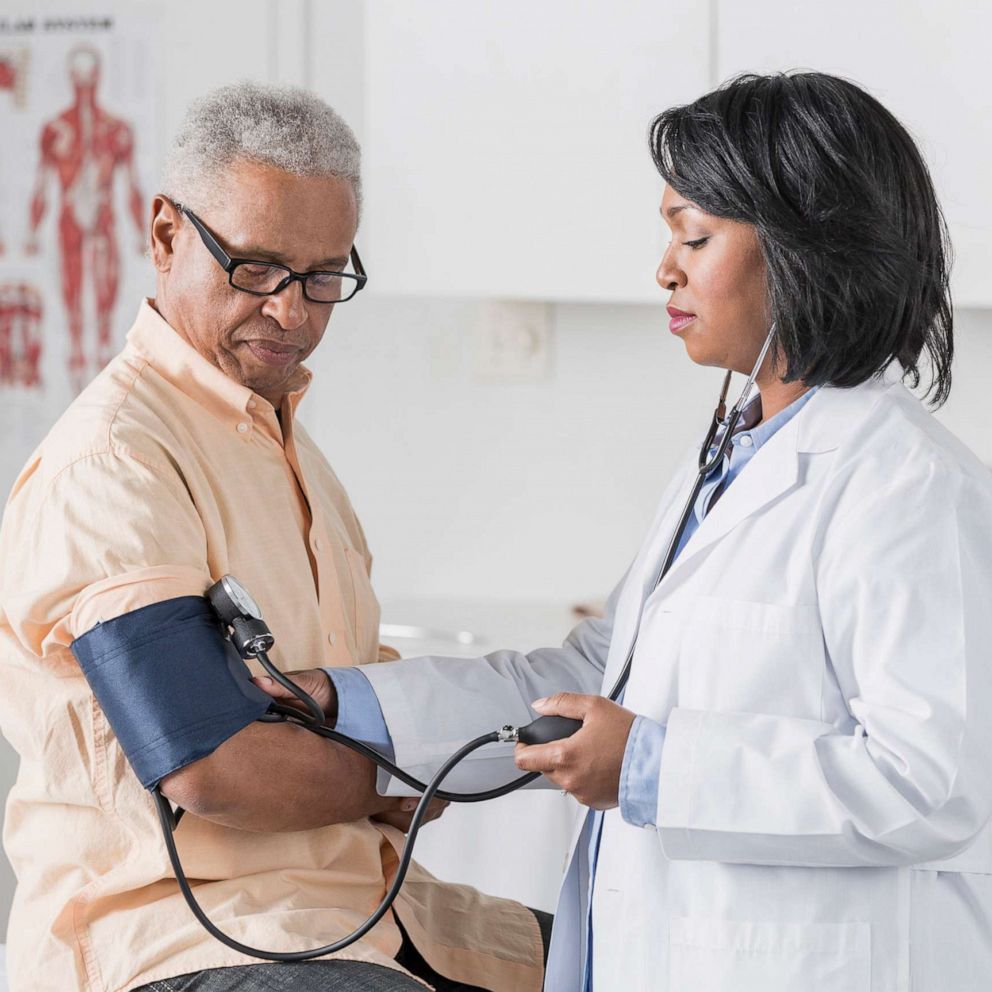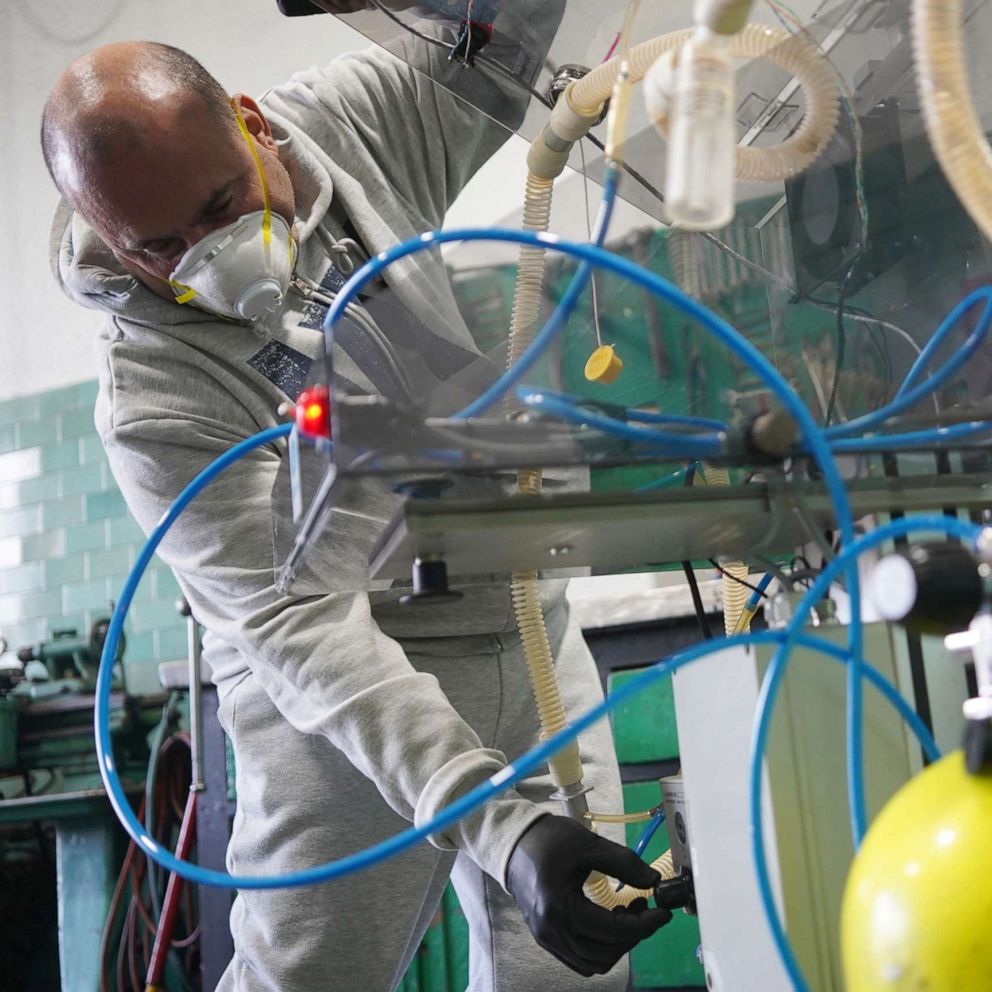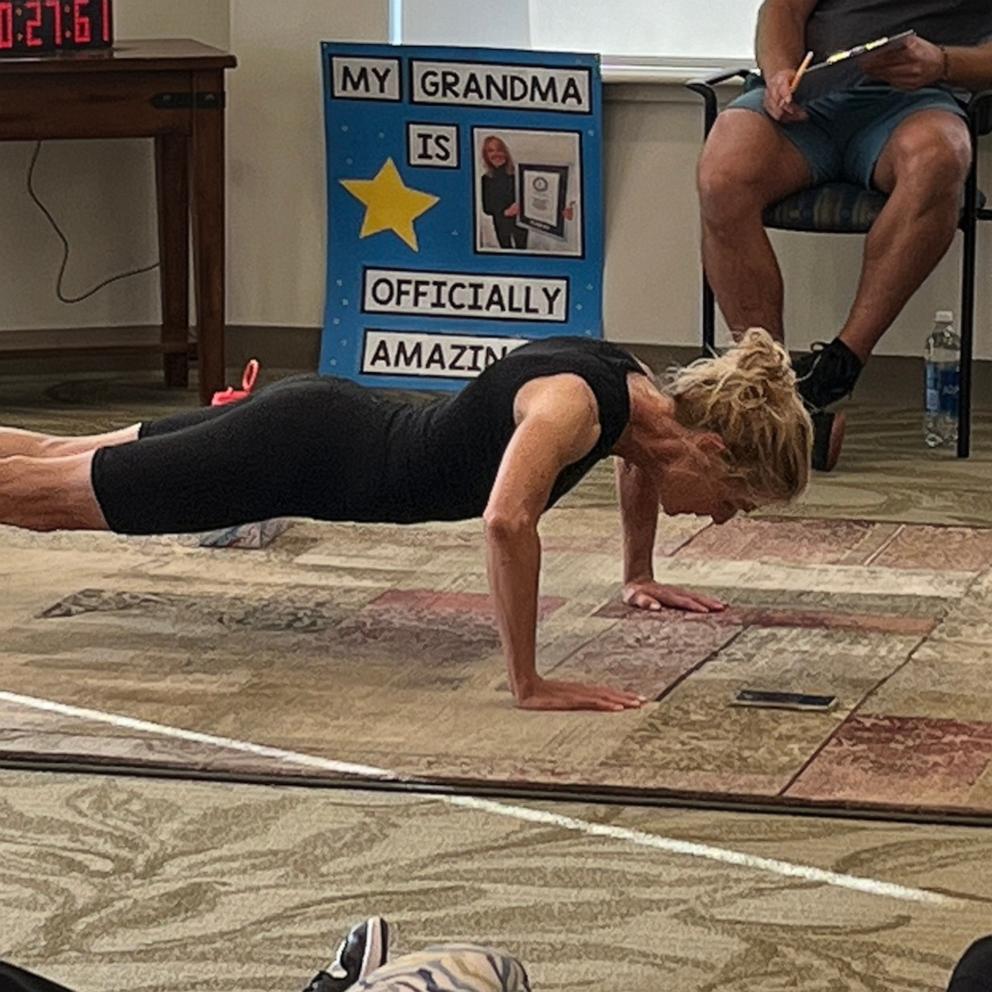9 ways coronavirus changed treating patients
The precipitous climb of COVID-19 has led to substantial changes in both the art and the science of medicine. Amid a global pandemic, doctors and nurses are learning how to practice medicine differently -- adjusting the way they use resources, perform procedures, interact with patients and families, utilize technology, and work with public health and scientific communities for a common mission.
According to doctors interviewed by ABC, the pandemic has changed the practice of medicine in nine fundamental ways:
1. Increased information sharing
For perhaps the first time, everyone is focused on the same issue, collecting and sharing information at breakneck speed.
Since it was first shared publicly, the Johns Hopkins University COVID-19 dashboard built by Professor Lauren Gardner, a civil and systems engineering professor and her graduate student, Ensheng Dong, grew from about 200 million visits in late January to 1.2 billion daily requests in early March.
Such information sharing has helped build models, improved our understanding of the case definition for COVID-19, and shows where the curve of the pandemic is going.
Information sharing has also helped doctors treating patients from far reaches of the world communicate with one another as they test potential treatments and vaccines.
2. Increased promotion of public safety
COVID-19 fundamentally changed how many people view health. No longer just one patient at a time, any hope for bending the curve must rely on everyone.
Those with potential exposure are selflessly staying home for weeks despite potential financial pressure, insurance concerns and other stressors that may otherwise motivate them to go back out.
Unified efforts by health officials, politicians, and even Hollywood elite have shifted towards spreading tips and awareness of COVID-19 for the masses. Seemingly overnight, a new appreciation for #healthheroes sprung into the hearts of everyone while they did their part to #stayathome.
3. Re-prioritizing routine visits and screenings
The nation's public health leaders have advised Americans to skip regular check-ups , elective procedures and routine cancer screenings for now, if possible.
Internally, hospitals have tried to minimize medical procedures that may pose a greater threat of spreading the virus, and use more protection than was typical for these procedures prior to COVID-19.
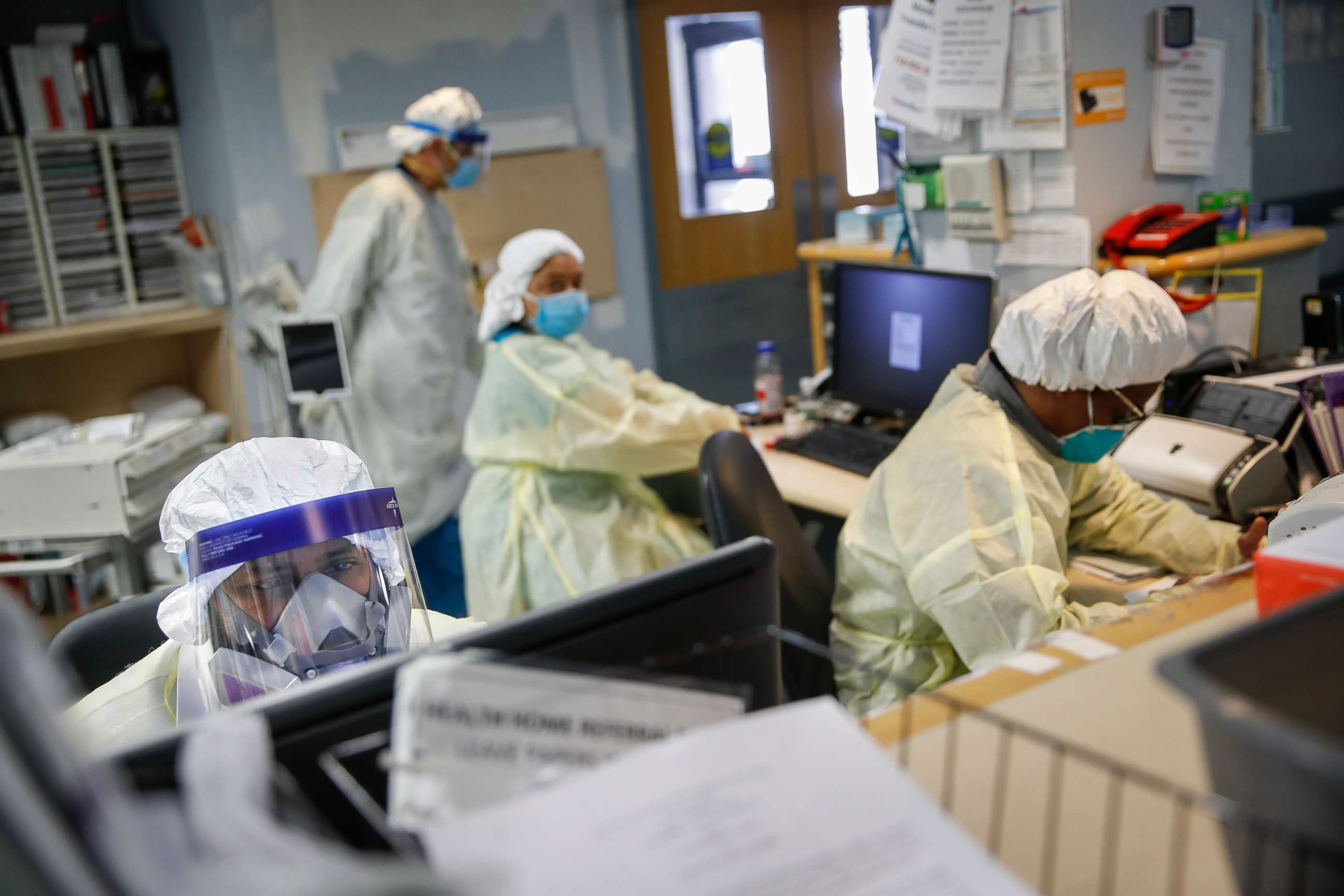
4. Wearing PPE
N95 respirators, previously reserved for concerns of airborne spread, now serve as a common form of armor for the front line. In fact, adequate personal protective equipment (PPE) inclusive of N95 masks has been one of the most important ways to protect the front line.
The environment of protection has changed as well. Nearly every person walking into a health care facility is asked to wear a face cover. People sit and stand spaced apart, wait in cars until their turn, get drive-thru testing, and even seek care in pop-up tents and ships.
5. Reducing patient contact
A major change is with the act of touch. Dr. Jayson R. Baman, resident physician at Northwestern University said that although the "ritual of medical practice has not changed ... in a sense, we now practice medicine from afar." The number of people entering the room of a patient with COVID-19 is often limited to ensure safety. Some hospitals are even placing video monitors and tablets in rooms so patients can communicate with their families and their doctors without anyone entering.
Unfortunately, the inability to be in the room can be a heartbreaking sacrifice when it is time to say goodbye. Baman said that sometimes "their last contact with their loved one is through the glass door."
6. Remote access and care
The federal government expanded access to telemedicine and practices everywhere have incorporated the technology when feasible. Dr. Steve Ommen, cardiologist and medical director for Mayo Clinic’s Center for Connected Care highlighted that the "utility of remote care will be realized as a silver lining from this pandemic." he says
"Patients are able to get care without exposing themselves," he said.
"We have increased video visits by 18,000% in a month," said Ommen.
Beyond tele-visits, patients are now using symptom trackers, wearable devices and apps. Ommen said they have sent video devices to high-risk areas like skilled nursing care facilities, "so providers can do remote consultations … rapidly evaluate while protecting themselves."
7. More proactive follow-up with families
In the past, families were typically at the bedside or called for important updates. Now, Dr. Baman notes, “the responsibility has shifted to a daily—if not more frequent—practice… even for the most mundane events.” Dr. Baman notes some hospitals have even extended the use of palliative and spiritual care teams to call patients’ next of kin one day and one week after a patient’s passing to see how family members are coping.
8. Improved adaptability
Faced with an unprecedented crisis, hospitals have rapidly adapted to restructuring workforces and increasing surge capacity. While the most obvious examples are setting up medical tents and converting other spaces into areas capable of intensive care, staffing restructuring is also apparent.
"We learned to build pyramids with experienced individuals on top and pulling individuals from multiple backgrounds, often working outside their field of practice to scale up care in response to the crisis. In doing so, we’ve developed the capacity to flex in a way we have never tested before," said Dr. Michael Grosso, chief medical officer at Huntington Hospital in Northwell Health in New York.
9. Unprecedented innovation
National changes in policies have helped hospitals better manage these patients. However, with the looming public health threat and need for rapid adoption and innovation, the U.S. Food and Drug Administration (FDA), has reviewed 19 therapeutic options and authorized more than 40 tests .
"Every kind of innovation we see here will likely persist into the indefinite future. This notion that necessity is the mother of invention is true," Grosso said.
What to know about coronavirus:
- How it started and how to protect yourself: Coronavirus explained
- What to do if you have symptoms: Coronavirus symptoms
- Tracking the spread in the U.S. and worldwide: Coronavirus map
Delaram J. Taghipour, MD, MPH, MBA, is a preventive medicine resident at Johns Hopkins Bloomberg School of Public Health and Vinayak Kumar, MD, MBA, is an internal medicine resident at Mayo Clinic, both are contributors to the ABC News Medical Unit.
